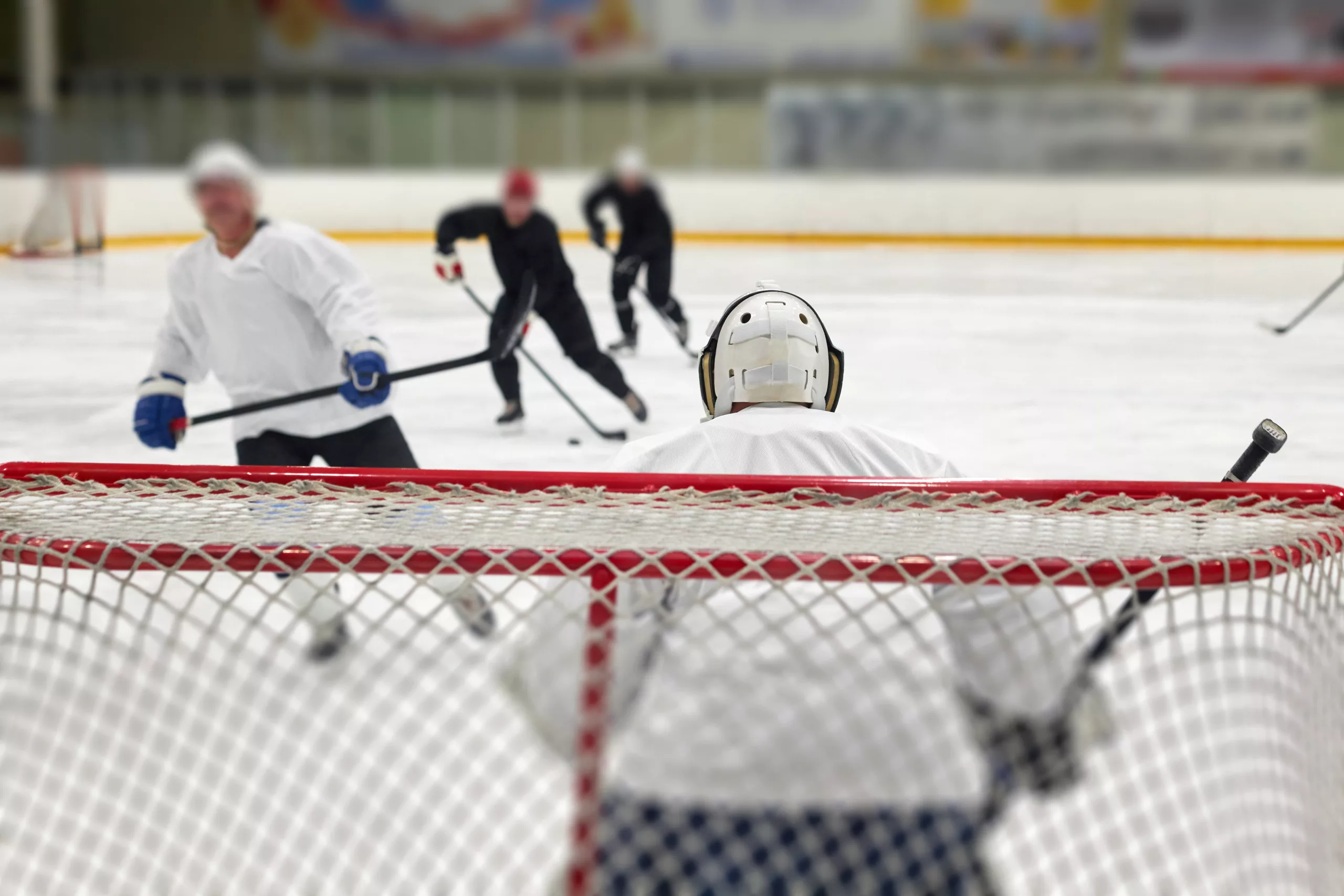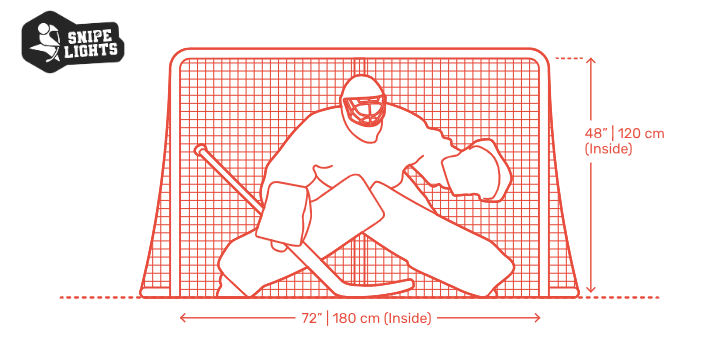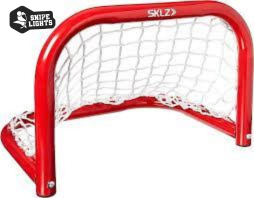
What to consider when buying a hockey goal
Ice Hockey Goals and Nets
Playing ice hockey involves a lot of gear, and one crucial piece is the hockey goal. In leagues like the National Hockey League (NHL), the standard size for a hockey goal is 6′ x 4′ (feet). Each hockey rink has two goals placed at opposite ends, marking where the puck needs to go for a score.
What are hockey goals used for?
Goals, also known as nets, play a vital role in hockey. They determine whether a goal is scored—whenever any part of the puck crosses the goal line, defined by the net’s position. While street and ice hockey may have different-sized goals, their significance remains. The hockey net offers a clear view to confirm if the puck crossed the goal line for a score.
Historically, hockey goals didn’t always look like they do today. In the 1800s, early players used two sticks to outline the goal. It wasn’t until the late 1800s that goals made of pipes and netting came into use, evolving into the modern nets we have today.
Things To Consider
When searching for an ice hockey goal, consider:
– What size goal are you looking for?
– How much do you want to spend?
– What surface do you plan to use the goal on?
Types
Hockey goals come in various shapes and sizes. Understanding your needs ensures you pick the right one for your rink.
– Regulation Goal: Sized at 6 feet x 4 feet, it’s standard in leagues like the NHL. They come in materials like steel or plastic.

– Skill Goal: Meant for practice, focusing on shot and pass accuracy, providing a target for precise plays.

– Street Hockey Goal: Designed for outdoor practice, available in different shapes and materials like PVC plastic or steel.
– Goal with Backstop: Used for practicing, helping keep pucks near the goal for convenience during drills.
Brands
Popular hockey net brands include:
– Bauer: Known for reliability, offering various goals from practice to regulation.
– EZGoal: Great for practice, equipped with a backstop for efficient puck retrieval.
– Franklin: Offers a range of hockey goals, often a more affordable option.
– Mylec: Budget-friendly for beginners, with goals made from materials like steel and PVC pipe.
Considerations
Factors to think about when choosing a hockey goal:
– Durability: Depends on materials; steel is sturdy but pricier, while plastic is cheaper but less durable.
– Cost: Ranges from $30 to $300 or more, based on size, material, and brand.
– Size: Regulation goals are 6 feet by 4 feet; choose based on personal preference or rink requirements.
– Functionality: Consider your purpose, whether for practice or regulation games.
FAQ
– How much does a hockey goal cost?: Prices range from $30 to $300 or more, depending on size, material, and brand.
– What is the standard size of a hockey goal?: Regulation size is 6 feet x 4 feet.
– What material is used for hockey goals?: Materials include steel, PVC, and plastic.
– Can I use a street hockey goal on ice?: Street hockey goals are designed for pavement; it’s better to use a goal specifically designed for ice hockey.
– What is the purpose of a backstop on a hockey goal?: A backstop helps keep pucks close during practice, allowing for efficient retrieval and continuous drills.
In Summary
Choosing the right goal depends on your needs, whether for gameplay, skill improvement, or outdoor practice. Consider factors like size, material, durability, and functionality. Explore reputable brands such as Bauer, EZGoal, Franklin, and Mylec to make an informed decision.